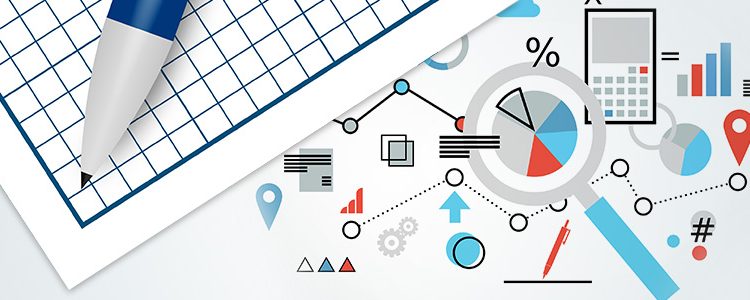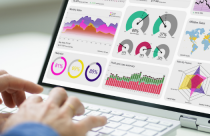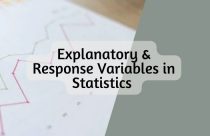How to Create Precise Graphs, Diagrams or Images in a Research Paper

According to the American psychologist Howard Gardner, human intelligence can be divided into seven categories: visual-spatial, bodily kinesthetic, musical, interpersonal, intrapersonal, linguistic, and logical-mathematical. This implies our intelligence strengths can be different in each (so-called) intelligence profile and that everybody can be intelligent in many different ways.
Gardner says these differences “challenge an educational system that assumes that everyone can learn the same materials in the same way and that a uniform, universal measure suffices to test student learning.” The truth is that we learn and understand things differently, and these differences affect the manner we read academic papers. A research paper is usually a combination of written and visual information. We can assume that those who have a predominant linguistic intelligence would focus on written information, whereas those with a visual-spatial intelligence would feel more comfortable focusing on graphs, diagrams, or images. How to combine both to achieve a paper that engages readers with different intelligence profiles at par?
The Perfect Combination
The first thing we must understand is that, no matter how much visual support they have, papers are written works. Filling pages with unnecessary images, graphs, diagrams or any other kind of visual material is never a good idea. Remember that you are writing a professional academic paper and, therefore, your capacity to discern which material is important. Once this is clear, it is time to discern which information is likely to be visually demonstrated.
Some main ideas would help you to decide when to use graphs. Choose only information that can be clearer if explained visually, and only if it is so important that you desire the reader to keep focus on it more than in other parts. Besides, this piece of information must be qualitatively or quantitatively measurable.
Images can also be used to summarize; plenty of information can be perfectly summed up in a single graph. Lastly, another reason to use images is comparison. Graphs and diagrams are great tools to indicate the differences between two agents.
Do not fill up your images with too much information because it would complicate the readers’ understanding. Images combine or support the written words, but should not be used to replace them. A good combination of words and images can ease the paper’s general understanding.
Thinking Visually: How to Choose?
It is important to know the possibilities each tool offers. Graphs, for example, are good to express the mathematical relationship or statistical correlation between data. Line graphs are useful to present an evolution, circulant graphs are better to indicate proportional parts and column graphs are commonly used to compare different elements.
Researchers and academics are supposed to have a good command of graphs usage. However, the capacity of selecting which data is most likely to be shown this way makes the difference. Indeed, achieving a good command of these tools is quite difficult, but is possible with experience.
Last but not least, it is always helpful to consider the final goal of an academic paper: communication. Thus, if the graph clearly points to one of the research’s main statements, do not doubt in using it.








